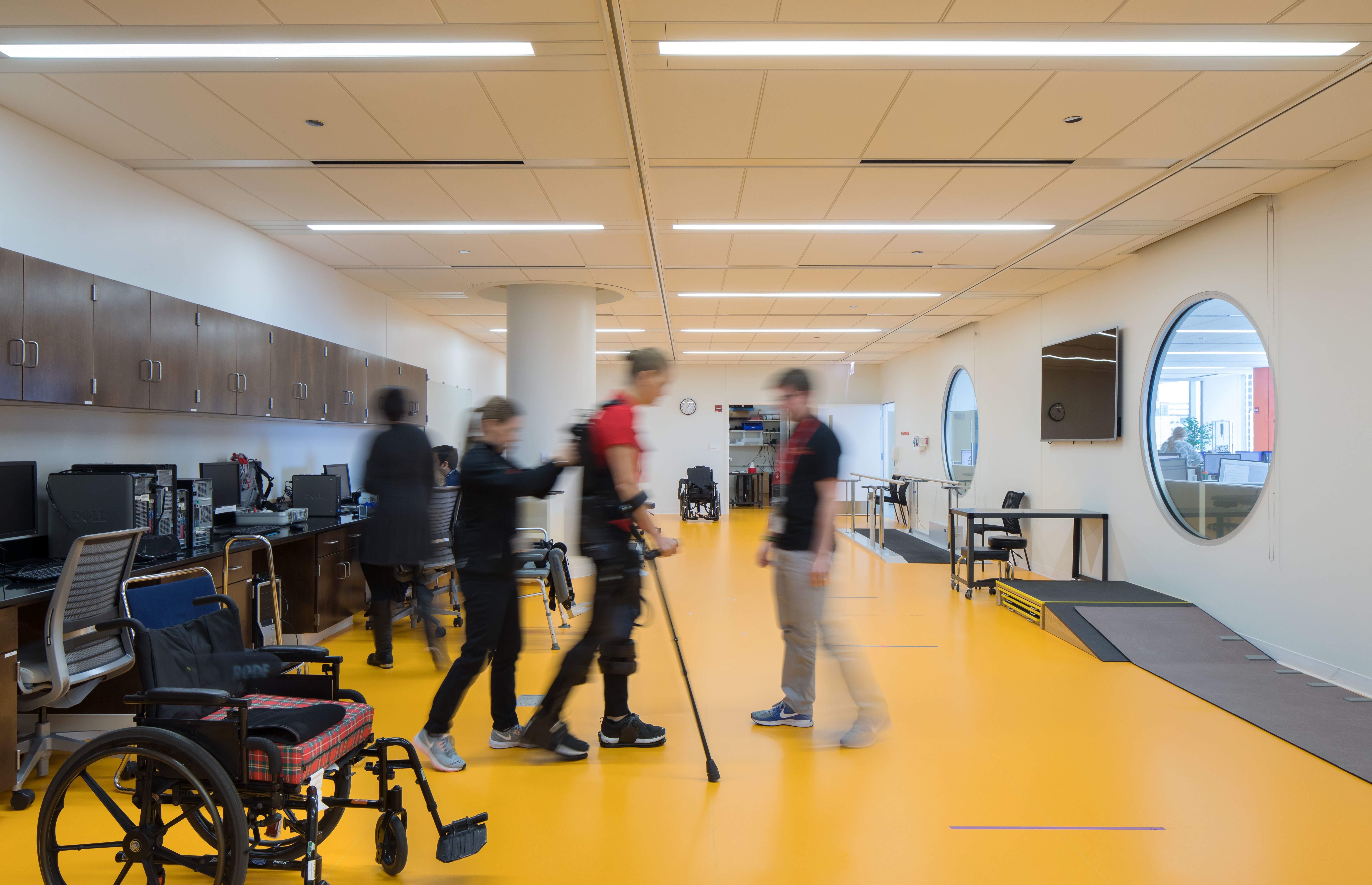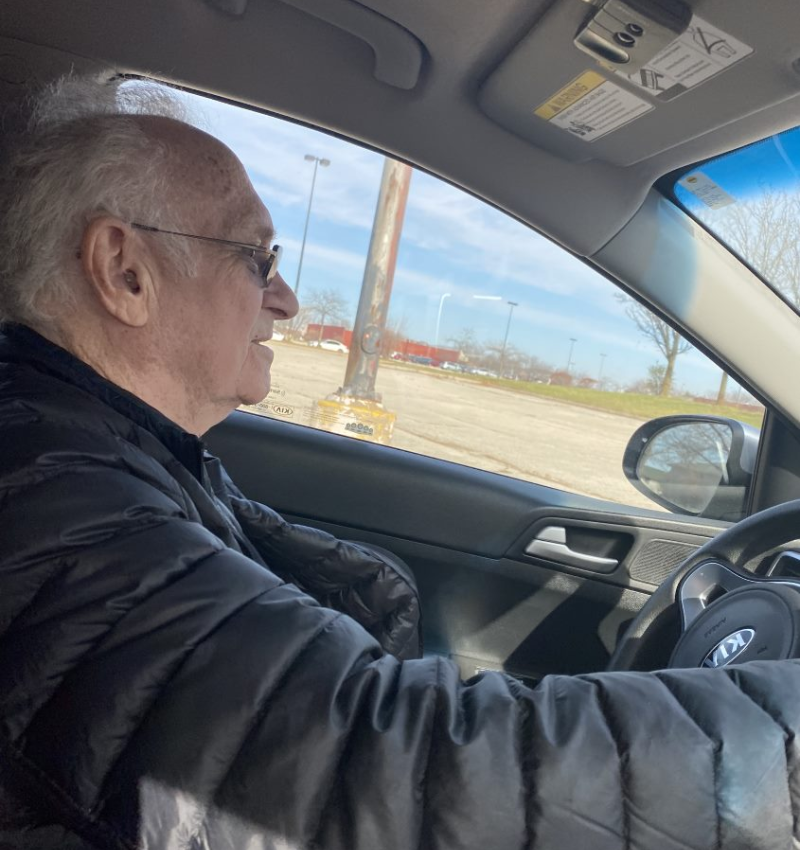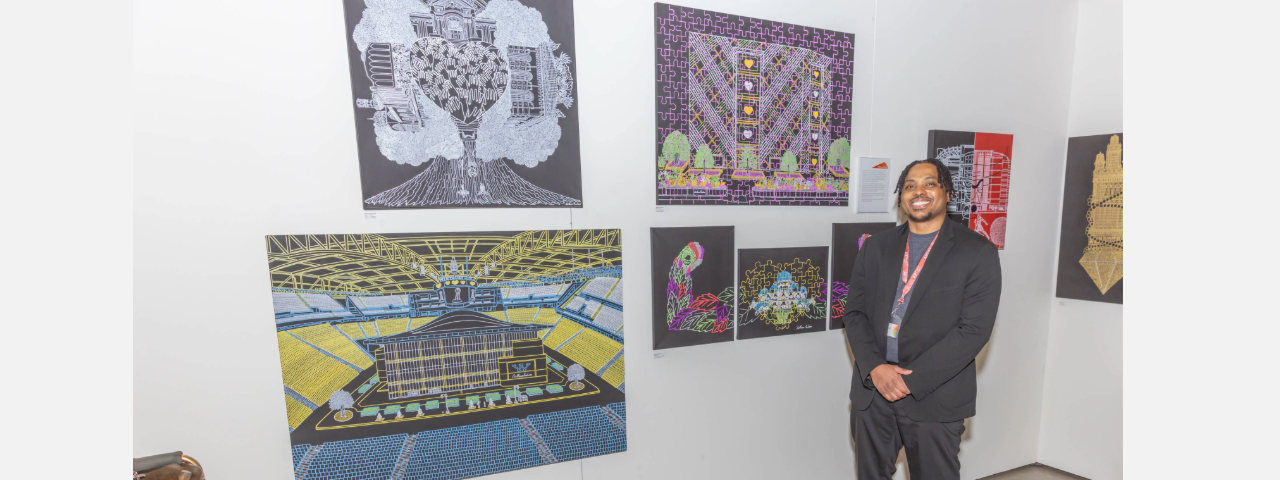Body
Following a stroke, 79-year-old John H. was paralyzed on the left side of his body.
After living an independent life — with a long career in business and as an active father — the impact of the stroke was devastating for John and his family.
However, John started his journey to regain independence with his daughters, Marie and Patricia, at his side to help him find the resources he needed.
Researching Options for John’s Stroke Recovery
Body
“When he was in the acute-care hospital, the doctor there told him he would never walk again,” said Patricia. “My dad could barely move without help. Going to the bathroom — everything — required people. It really upset him that someone would give up on his potential to walk again so early after his stroke.”
John made progress during his three-week hospital stay by participating in physical therapy, but his therapy ended once he was discharged.
His family knew that intensive inpatient rehabilitation would give John the best chance to walk again. While his insurance covered ongoing therapy, his family wanted to be sure of all the other options available to help him, and that’s when Marie and Patricia started doing their own research to find out-of-the-box solutions for John’s stroke recovery.
“My sister and I immediately began looking for resources the day of his stroke and found Shirley Ryan AbilityLab,” said Patricia.
They discovered that the Max Näder Center for Rehabilitation Technologies and Outcomes Research at Shirley Ryan AbilityLab was enrolling participants in several clinical trials. Impaired walking following a stroke can increase fall risks, reduce quality of life and significantly lower the levels of independence in individuals — and the various trials sought to test out how new technological innovations might help patients improve their mobility.
“Dad was able to participate in several trials and test new innovations that we believe 100 percent contributed his being able to walk again,” said Patricia.
Participating In Research Leads To Progress In John’s Stroke Recovery
Body
Marie drove John to Shirley Ryan AbilityLab’s flagship hospital in Chicago three days a week for four months to participate in the clinical trials.
One focused on the use of assistive robotic technology to help patients recovering from stroke improve their mobility. John tested out a robotic exoskeleton — a device that provides assistance at the hip joint during walking. The goal of the trial was to determine the exoskeleton’s effects on walking, balance, nervous system activity and overall quality of life for patients recovering from stroke.

“I liked trying the exoskeleton because it allowed me movement that I couldn’t do on my own after the stroke,” said John. “It was quite an experience.”
Another clinical trial explored how rhythmic auditory stimulation might help patients recovering from stroke improve their walking speed by engaging both the brain’s auditory and motor regions. John listened to music cues on headphones during walking. The beat of the music would change based on how fast he walked, with sensors on his shoes that detected the cadence of his walking. The study aimed to determine if the rhythmic auditory stimulation made an improvement in his walking pattern.
John credits his time in the clinical trials with improving his overall mobility and helping him relearn how to walk. As part of the various trials, research physical therapists asked him to complete tasks like following lines on the floor to walk from point A to point B; walking back and forth down a hallway for 30 minutes; walking backward; going up and down steps; and using a ramp. To aid in his walking, John could hold on to a railing or use a cane — and eventually he learned to walk without the assistance of his physical therapist.
“Initially I had to stop to rest eight times in a half hour. By the end of the trials, I could walk 30 minutes and never had to stop and rest. For sure I was improving,” said John.
Making Connections With His Research Team
Body
Marie stayed with John during his research sessions, and she was able to observe his progress firsthand during the four months he participated in the studies at Shirley Ryan AbilityLab.
“To see him walking before and after, picking up speed, seeing the things he was able to do — it was amazing,” said Marie. “Also, he was participating in the trials as we were coming out of the COVID-19 pandemic, so he was able to engage and socialize with people again during his participation. It was a cool experience over those four months.”
John noted that the connections he made with his research team at Shirley Ryan AbilityLab were particularly special. For example, they enjoyed seeing photos of his painted ceramics, a craft he started to enjoy after his stroke as a means to stay active and create hand-painted gifts.
“They treat everybody like family. You’re not a number. They treat you like you’re a brother or sister,” said John. “I’m impressed with their incredible attitude.”
Regaining Independence & Finding Community In Florida
Body
According to Patricia, “My dad still says to this day, ‘My stroke was bad, but if it didn't happen I would not have met the people at Shirley Ryan Ability Lab.’ The team saved his life, more than they’ll ever know."
Now, five years following his stroke, John is walking again with the use of a cane. He has moved to Florida, where he lives independently in an accessible apartment building for people aged 65 and older.
Though John has not regained full use of his left arm, he and his daughters are proud that he enjoys functional independence — cooking for himself, dressing himself, doing his own laundry and exercising in the gym in his building.
He also has built new social connections in his community, and he is active in arts and ceramics.
“He has a million friends and is too busy for any of us!” said Patricia.
Before he moved from Illinois to Florida, John achieved one final milestone: Though he had been told it was unlikely he would drive again, he was approved and cleared to drive.

“Shirley Ryan AbilityLab helped me get to the position I am in today,” he said. “I went from being unable to walk at all, and I feel I have progressed quite a bit. I am thankful for what participation in the trials did for me.”
A member of John’s current physical therapy team in Florida echoed this sentiment.
“The therapist said the reason my dad is so far along in his ability is because of the time he spent at Shirley Ryan AbilityLab,” said Patricia.

